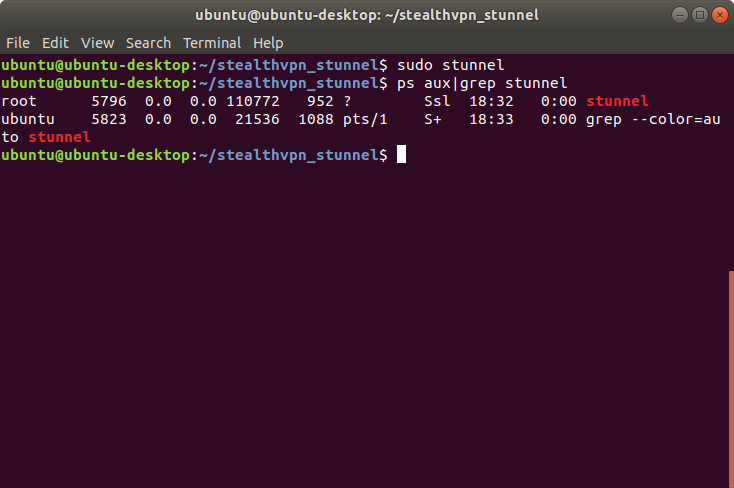

You do not need to use the tcpd binary to wrap stunnel (although you could). Stunnel configuration file needs at least the section name and accept option.

Lets say we want to have stunnel listen on our machine on port 9999 to support a fictitious protocol called foobar.įirst we would add the following line to /etc/services: foobar 9999/tcp # The foobar service Daemon mode will not fork if you have stunnel compiled with threads. inetd mode requires forking, which causes additional overhead.SSL needs to be initialized for every connection.Note: Running in daemon mode is much preferred to running in inetd mode. If you have a line, then stunnel will fork into the background to do its job, and will not work with inetd. The /usr/local/etc/nf configuration file for inetd mode must not include a line. That is not the killall you are looking for. Note: Some Unix variants have a killall command that kills all processes on the machine. You may be able to use killall -HUP inetd on some Unix versions (for example linux, *BSD, IRIX) to save yourself from looking up the process id. Find the process id for the inetd process by one of the following commands: ps -ef | grep inetd You must then send the inetd process a SIGHUP. (if you installed stunnel in a different location than /usr/local/bin, use that path instead) and add the following line to /etc/services: foobar 9999/tcp # The foobar service We would add the following line to the file /etc/nf foobar stream tcp nowait root /usr/local/bin/stunnel stunnel Lets say we want to have stunnel listen on our machine on port 9999 to support a fictitious protocol called foobar. Inetd is the Unix 'super server' that allows you to launch a program (for example the telnet daemon) whenever a connection is established to a specified port. (This does not apply to Windows machines)
#STUNNEL 5.34 ERROR 140890C7 HOW TO#
This section gives you basic information on how to run the stunnel program in client and server mode.


 0 kommentar(er)
0 kommentar(er)
